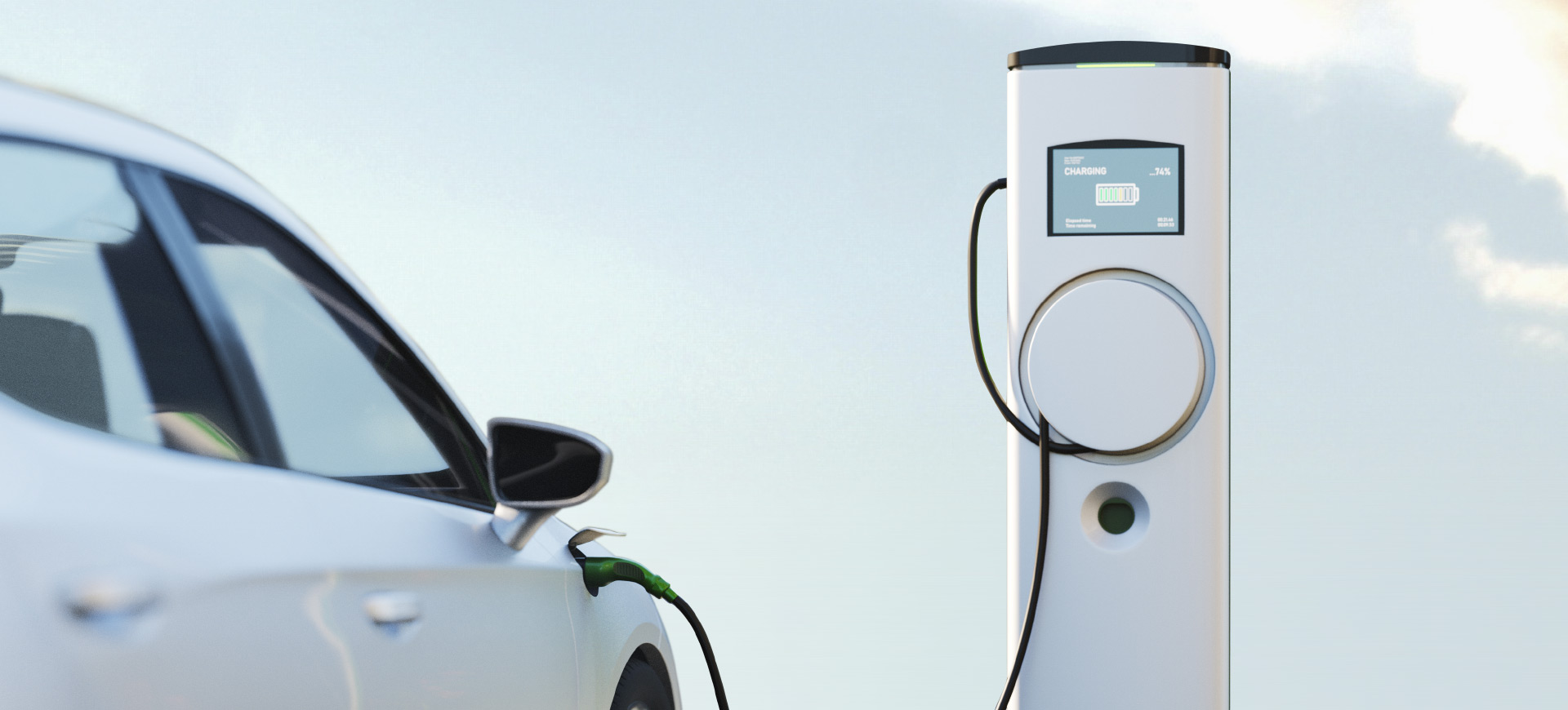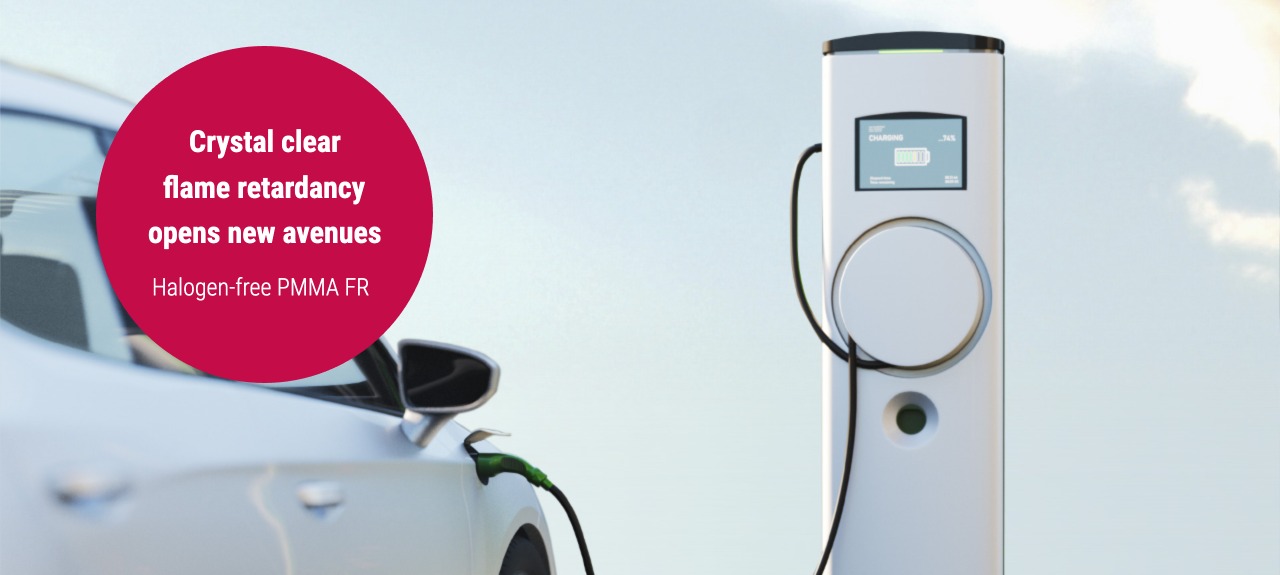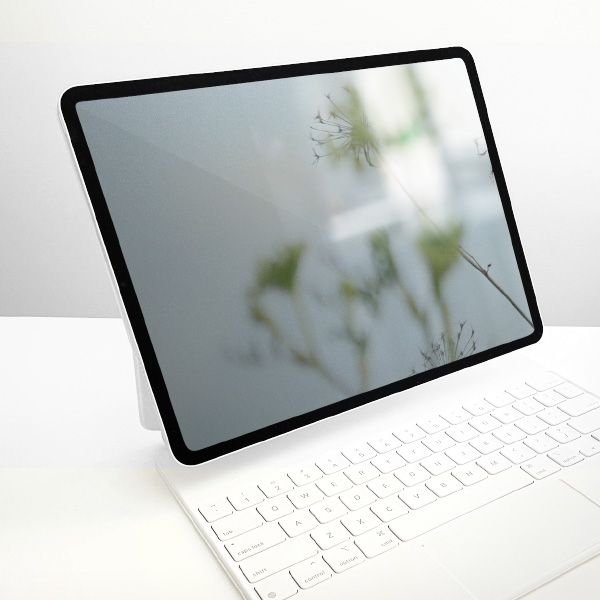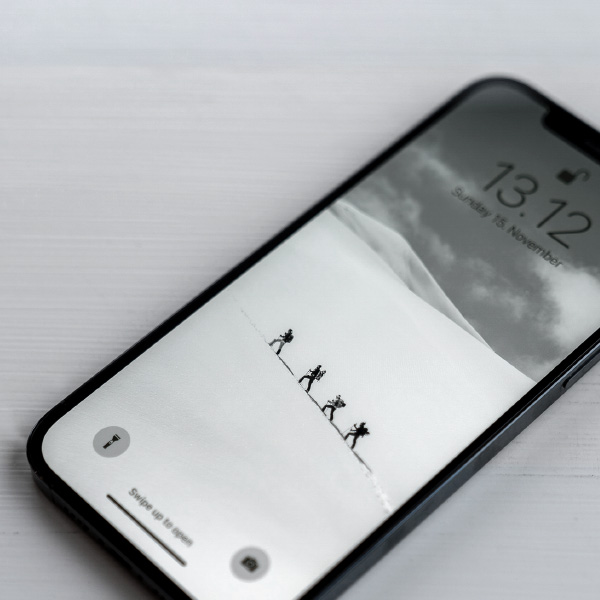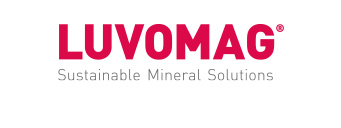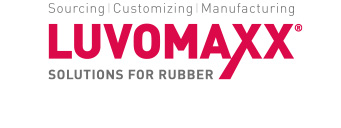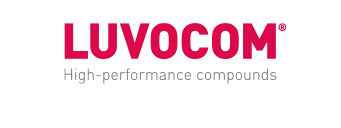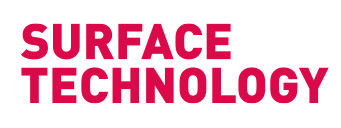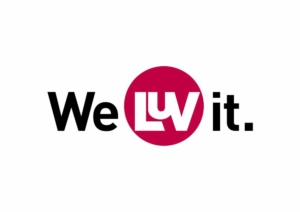Transparent PMMA with flame retardancy rating V-0.
For many years, plastics developers have been struggling with the following problem: as soon as halogenous flame retardant additives are added to polymethyl methacrylate, transparency and light transmission are largely lost. But now it seems an innovative solution is within reach: As a world first, compounder MOCOM is launching a halogen-free, flame-retardant PMMA with maximum transparency.
An upgrade for PMMA
When a combination of crystal clarity, flame retardancy and high impact strength is required, PC has usually been the polymer of choice. If the application is outdoors, UV protection additives must also be added or a subsequent protective coating (which also increases scratch resistance) must be applied. In some applications, the addition of halogens to improve flame retardancy is no longer desired. In this case, only glass could be used as an alternative until now.
Thanks to a new PMMA compound, it is now possible to open up these areas of application. It is crystal clear, weather and scratch resistant (without further additives or protective coating) and has the ecological advantage of a halogen-free flame retardant finish. The applications are diverse: from the display of an e-charging station and its ancillary components, to a cell phone display, to a wide variety of lighting applications in the electronics sector.
Customers are demanding materials that are non-hazardous to health
In more and more applications, halogens are seen as critical because they release toxic fumes in the event of fire as well as posing a health threat to firefighters. But the market has already reacted in this field. Numerous plastic additives are already offered that are halogen-free, including flame retardants. Until now, however, it has not been possible to achieve certain material properties for polymethyl methacrylate.

